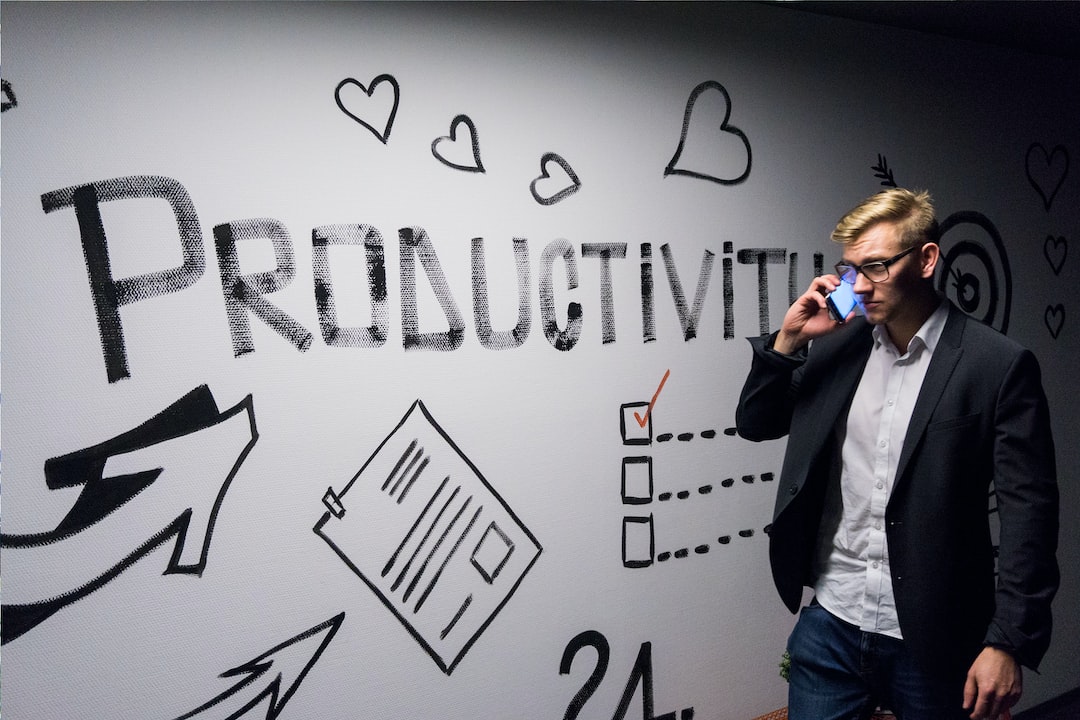Everyone dreams of working in an exciting and engaging workplace, but did you know that the right workplace can be just as great for businesses as it is for workers? Research suggests that motivated employees are 87% less likely to resign than their counterparts. In fact, boredom is the main reason why one in three people quit their jobs! In other words, employee motivation should be a crucial focus of any business strategy.
Motivated teams are more productive, drive more sales, and offer higher overall performance. How do you make sure your employees feel motivated? Let’s take a look at a few tactics worth trying.
Know the Different Types of Employee Motivation
If you’re hoping to ramp up your employees’ motivation, it’s important to know how motivation works. Two types of motivation can drive behavior: extrinsic and intrinsic.
Extrinsic motivation involves external rewards. Employees with extrinsic motivation perform well because they expect something in return. Common extrinsic rewards can range from small things like a physical award or verbal recognition to larger things like pay raises.
Intrinsic motivation is what happens when employees reap their own personal rewards. This means they’re engaged in their work because they get something out of it. Employees with intrinsic motivation find satisfaction and self-fulfillment in their job, and they may enjoy overcoming the challenges involved in their projects.
Most employees work well when there’s a healthy mix of both types of motivation. However, the best balance between both types may vary by industry and company. Employee surveys, research, and a bit of trial and error can help you find the perfect mix.
Help Employees Understand the Big Picture
Even if your employees tend to thrive on extrinsic motivation, understanding the “why” is important. It’s not enough for your team to know what work should be done. They should also understand the vision behind the work.
If you haven’t done so already, take some time to create or refine your company’s mission or purpose statement. You should have a clear idea of what success looks like and the values you believe in. This can help employees understand why struggles along the journey matter and why every contribution counts.
Care About Your Team
One of the most straightforward and meaningful ways to boost employee happiness is simply to care.
Employees tend to remain with companies that show an investment in their team’s welfare. Genuine support and empathy from managers and supervisors can go a long way.
Beyond this, it helps to show an interest in each employee’s passions and values. Work to align their roles with these values wherever possible. This greater alignment can help them feel seen, and it can also keep them energized on the job.
However, ensure that managers are authentic in their interactions by equipping them with leadership skills and training. It’s easy for employees to spot supervisors who seem to be faking empathy for the sake of encouraging higher job performance. When managers are more authentic, their teams are more engaged.
Create a Welcoming Company Culture
Your company culture is critical for motivation. It’s hard for teams to feel motivated when they’re staring at the clock in boredom while they wait to head home every day. Worse than boredom is toxicity: a negative work culture can lead to dissatisfaction and burnout fast.
Adjusting your company culture can be easier said than done, especially if you have a long way to go. However, focusing on transparency, open communication, and accountability can help.
Keep in mind that adjustments to your brand’s culture can’t start and end with a single team. Culture is everyone’s responsibility, from HR to the board of directors. Only a sustained, company-wide effort can help change it.
Give Your Team Trust and Autonomy
As a manager, it’s tempting to look over your employees’ shoulders. Too much of this approach, however, can lead to the type of frustrating micromanagement that lowers motivation.
Instead, trust your people.
As much as possible, give them the freedom to work when, where, and how they want. Use remote time tracking software to let them work from home, let them have unlimited time off, or allow them to choose their own working hours. These simple changes give teams independence while showing that managers trust them to get the job done.
You should also trust your team with more authority in general, not just more tasks. Reward high-performing employees with more decision-making power or extra self-direction, not a pile of new projects. Offering more authority helps employees feel like they’re growing in their role, which can be incredibly fulfilling.
Ask What Will Boost Employee Engagement
If you want to know what boosts motivation, all you have to do is ask! Employees are often more than happy to tell you what they want. Anonymous surveys and open communication can be helpful tools.
What employee benefits does your team look for? Do they feel their compensation is in line with their skills? Are they looking for alternative job perks?
Express Your Gratitude
This lines up with a general focus on caring for your team, but it’s worth mentioning on its own. A “thank you” for a job well done may seem simple, but it can show an employee that you’re grateful for their work. Let employees know you see and appreciate their efforts!
External rewards can be a good supplement to your verbal thanks. Depending on the job, you may want to offer anything from gift cards to stock options.
Motivate Your Team
No matter what type of company you run or where your team works, there’s a lot you can do to boost your employee motivation. From overhauling your company culture to offering a simple “thank you,” every step matters. Take a hard look at your workplace policies today to start making your employees feel valued, seen, and energized on the job.
As you work to ramp up your employee productivity, don’t forget that our software makes it easier than ever to give them the flexibility they need. Check out our TimeTrakGO and TimeTrak Enterprise options or contact us today for a quote.




